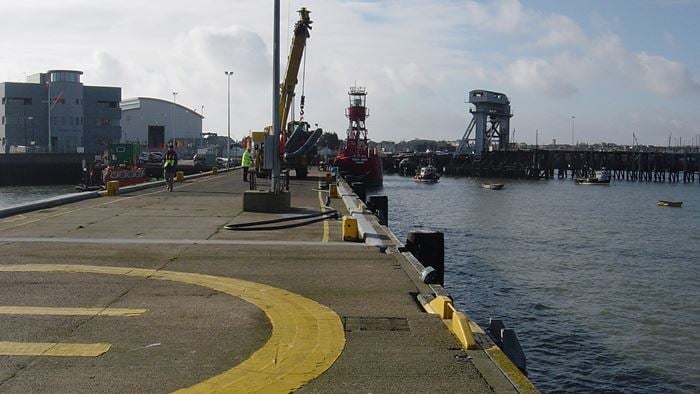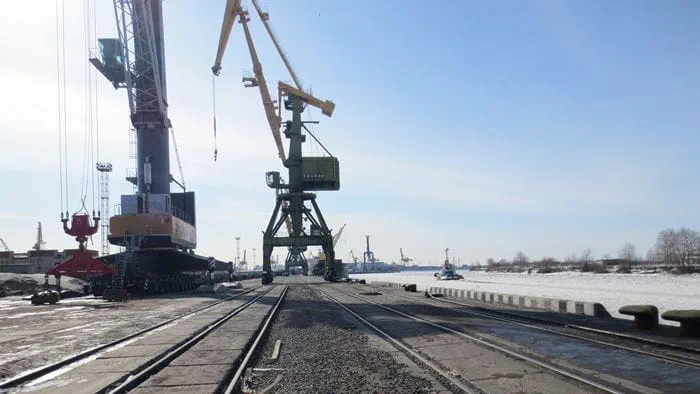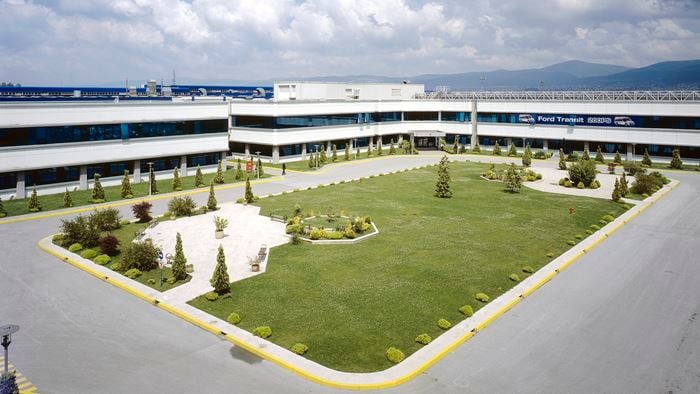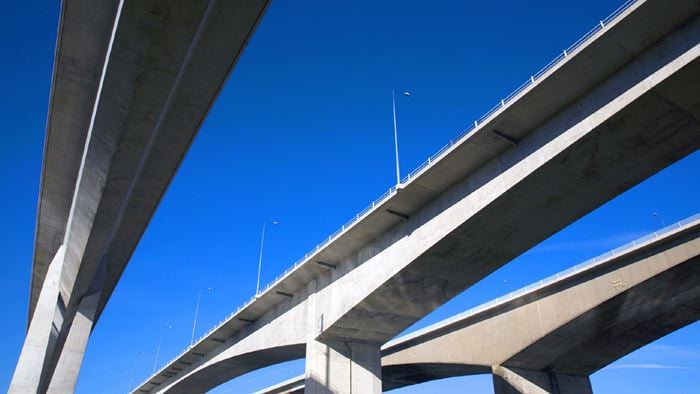The Port of Melbourne is Australia's busiest and biggest container port, and to ensure it has the capacity to deal with future trade, it needs to get even bigger. As strategic advisors, we provided extensive maritime engineering services for the redevelopment which included the re-engineering of existing wharves at Webb Dock East, a new 900m wharf at Webb Dock West and associated dredging and navigation works.
Vital to the daily lives of people across Victoria and South-eastern Australia, the Port supports thousands of businesses and provides trade links to the rest of the world. But infrastructure this valuable can’t just be maintained – it needs to grow. It needs to be able to cater for more traffic. It needs to be able to cope with issues 50 years from now. It needs to help boost the economy by providing thousands more jobs.
And expansion on this scale can’t just be built. It needs a multi-disciplined, vigilant, integrated team advising on every stage from design to construction to make sure that long-term vision is being realised.
Project Summary
$1.6BN Investment
570mupgraded and rehabilitated wharf
600,000vehicles to be handled annually
How do you respond to rapid growth?
When the Port of Melbourne Corporation appointed us to provide consulting services for their AU$1.6 billion redevelopment of the Webb Dock precinct, we knew our challenge was to deliver a robust plan that exceeds industry codes and requirements to create something truly progressive and long-lasting.
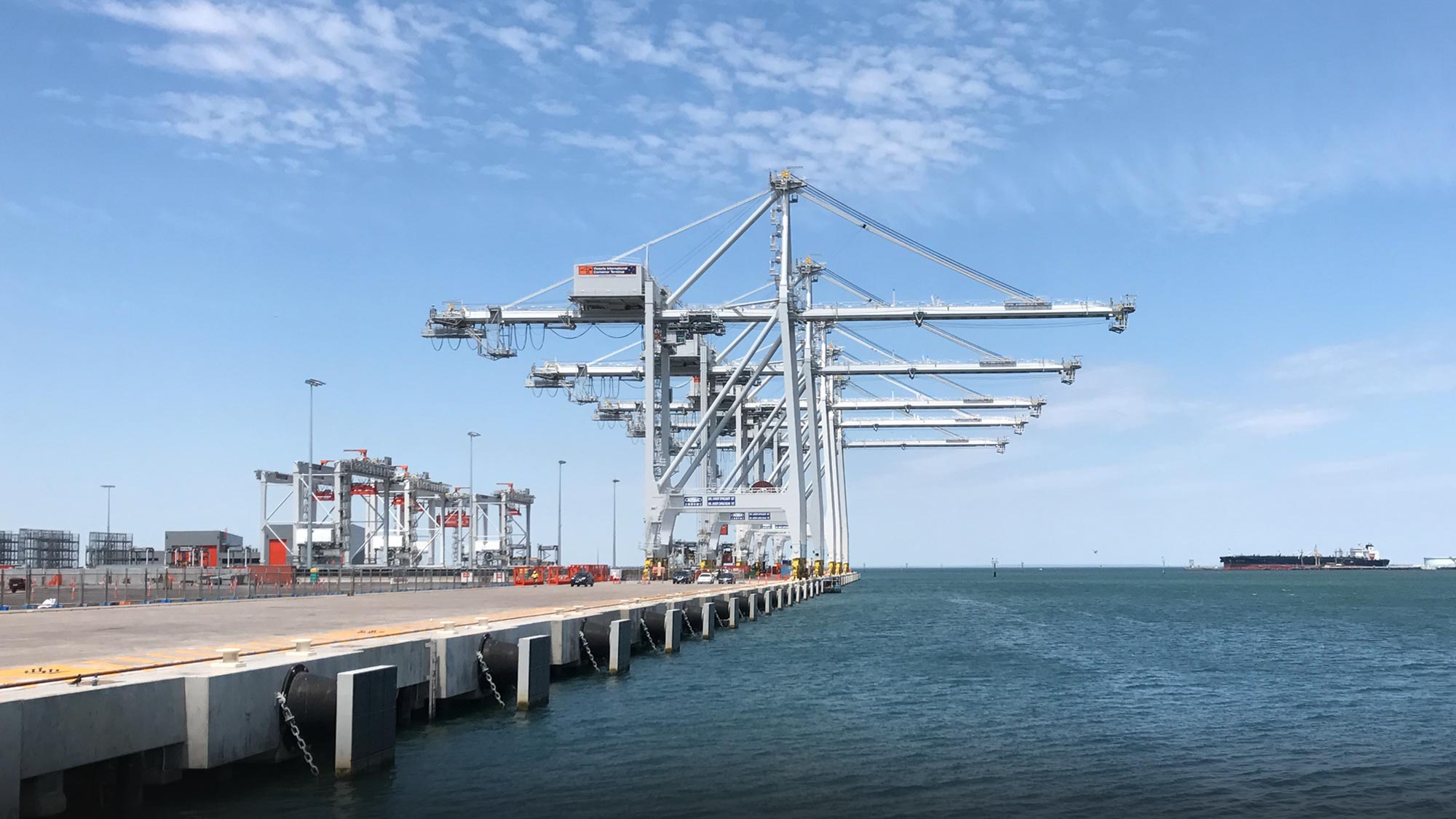
We put together a team of in-house experts
Together with the Port’s personnel, we set up a series of workshops to evaluate how to accommodate the massive and continuing increase in trade. We drew up reference designs for a new 900m wharf that can support the handling of 600,000 vehicles a year, as well as the upgrade and extension of two 1970s-built berths capable of handling the next generation of quayside cranes and 14m draft vessels.

Digital technology was vital to maintaining quality
We monitored the construction work using Marq software to achieve Key Performance Indicator requirements and improve project productivity. We also worked pro-actively with the client and contractor to improve the project outcomes.
What does this mean for the future?
Projections suggest that the expansion project will create 2,600 direct and 1,900 indirect jobs. It will return Webb Dock East to its original role as an international container handling facility, and will introduce a new terminal capable of handling the equivalent of at least one million containers per year. Most importantly, it will ensure that the Port of Melbourne continues to be a key economic asset for many decades to come.
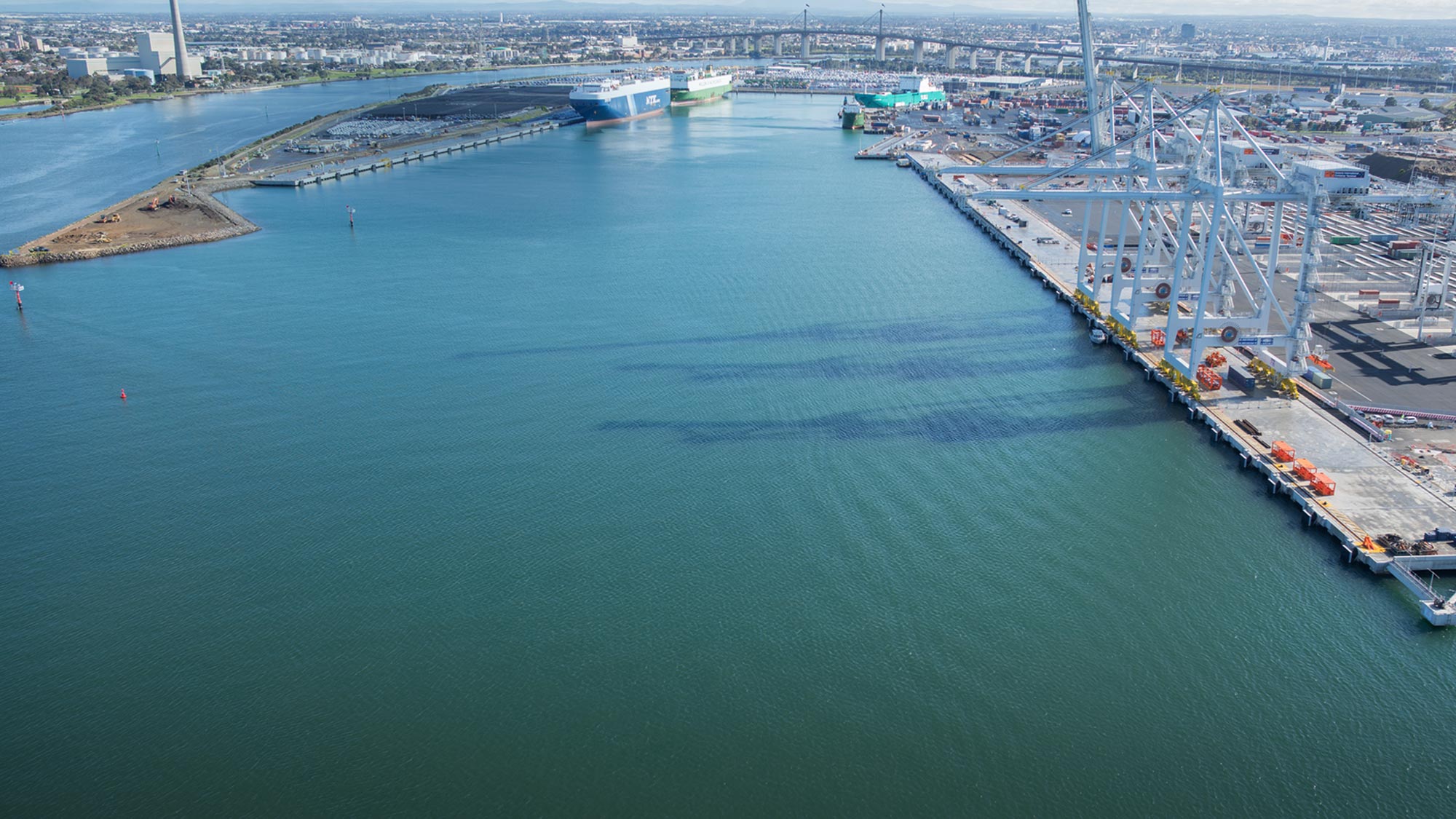 ;
;

